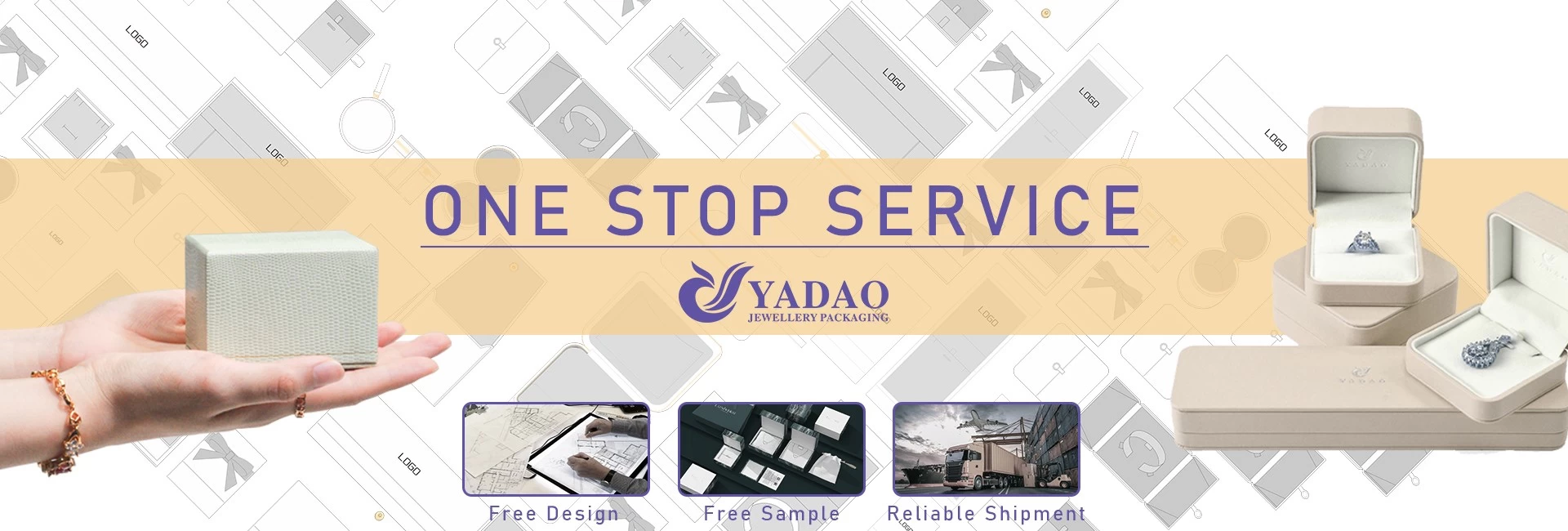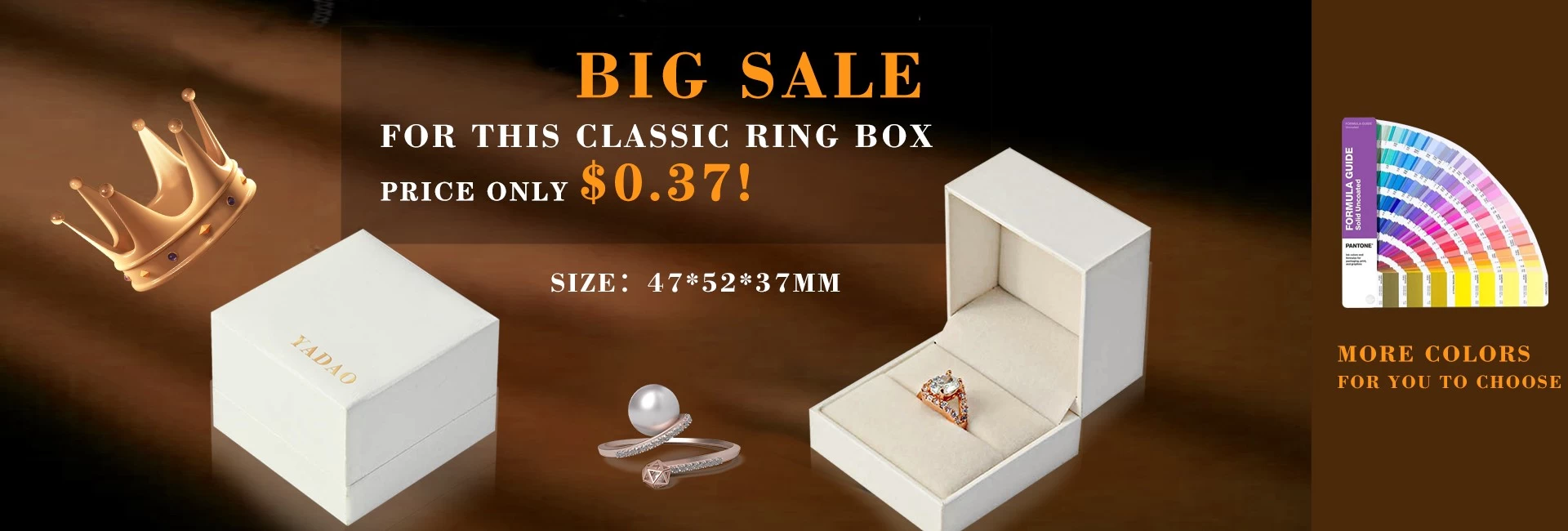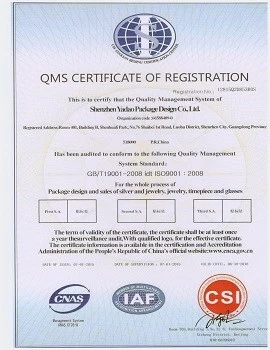22K / 18K / 14K GOLD – WHICH IS BETTER? CLEARING THE CONFUSION FOR ONCE AND ALL.
22K / 18K / 14K GOLD – WHICH IS BETTER? CLEARING THE CONFUSION FOR ONCE AND ALL.
Since time immemorial, people have been known to adorn jewellery. The cavemen often used leaves, flowers, wood, bones, etc to make ornaments for
their body. Then we started using rare precious metals like gold & silver, which were later followed by diamonds & gemstones. In the Indian context, and more or less throughout the world, gold made a special place for itself due to its comparatively higher value and aesthetics. They figured that it was the best raw material for jewellery as it could be melted and formed into any shape, thus offering numerous ways for it to be adorned. Because of its high value, it was considered synonymous with a person’s wealth. Gold soon became the means for people to get all the luxuries and necessities. To this date it has not lost its value and continues to be considered one of the most sought after item in the world. Gold can be your weapon against inflation and a country’s answer to a war. It has great significance in every economic activity. That aside, its prominence in fine jewellery is second to none. It is most widely used fine metal and in fact, India is one of the largest importers of this yellow beauty.

So we have seen what makes gold so special. No lady can do without it, be it plain gold jewellery or studded gold jewellery. Given its significance, we, as buyers of gold jewellery, ought to understand this metal in totality to make right buying decisions. Knowledge always comes handy and proves beneficial against the herd-mentality of baseless age-old misguided concepts. This write up can well be called “The Ultimate Gold Trivia” since we are going to explain you about various terms that you come across while purchasing any kind of gold jewellery. These are some of the most sought after queries on the internet and most of the consumers are ill-informed about these. Things like – “What is the difference between 22K, 18K & 14K gold?”, “What are yellow, white and rose gold?”, “Is white gold actually gold?”, “My gold purity is 18 Carat, errrrr”, and the likes. We will break the myths and present a clear picture for you.
Gold Purity?
Before we explain this, tell us the difference between the milk supplied by Ramu kaka, Murugan Anna and Chottu. Yes, all three of them claim to supply 100% pure milk but when actually tested, they may not actually contain 100% pure milk. So what is it that make the milk 100% pure or not 100% pure? It is the substance that is added to milk to increase its weight, most frequently this substance being water. Similarly, 100% pure gold when mixed with some other metals results in gold that is not 100% pure. This purity of gold is generally described in terms of Karats (not Carat, we will come to that later). Karat is also denoted using the character ‘K’.
100% Pure Gold = 24 Karat (or) 24K
Thus if your jeweller says that the gold coin you are buying is 24K, what he means is that the gold is 100% pure (well, 99.95% in practicality)
22K, 18K & 14K Gold – Why these?
For some practi cal reasons (Explained below), 24K gold is not used in jewellery. In fact, it is difficult to even get 99.99% pure gold bullion these days. The purest of gold available in the market today are 99.95% pure. 24K gold or pure gold is relatively has lesser hardness. Though that makes it easy to mould in jewellerybut that also makes it infeasible for daily wear. Imagine your mother wearing 24K gold bangles and doing household work every day. It is easy to imagine that the bangle will soon loose its shape and get deformed due to wear and tear. Such soft gold will not be able to take much physical pressure and thus the complete beauty of the jewellery will be lost soon. Thus to make such gold bangles and other types of jewellery more durable, we do not use 100% pure gold. Rather, we take X parts of pure gold, and mix it with Y parts of various other metals like Nickel, Zinc, Silver, Palladium etc to form gold which is not 100% pure. Generally, we use 22K gold for such gold jewellery making purposes
cal reasons (Explained below), 24K gold is not used in jewellery. In fact, it is difficult to even get 99.99% pure gold bullion these days. The purest of gold available in the market today are 99.95% pure. 24K gold or pure gold is relatively has lesser hardness. Though that makes it easy to mould in jewellerybut that also makes it infeasible for daily wear. Imagine your mother wearing 24K gold bangles and doing household work every day. It is easy to imagine that the bangle will soon loose its shape and get deformed due to wear and tear. Such soft gold will not be able to take much physical pressure and thus the complete beauty of the jewellery will be lost soon. Thus to make such gold bangles and other types of jewellery more durable, we do not use 100% pure gold. Rather, we take X parts of pure gold, and mix it with Y parts of various other metals like Nickel, Zinc, Silver, Palladium etc to form gold which is not 100% pure. Generally, we use 22K gold for such gold jewellery making purposes
Now, how pure is this 22K gold? Let’s do simple mathematical calculation:
24K gold = 100% Pure Gold
Thus, 1K Gold = = 4.167% Pure Gold
Thus, 22K Gold = (4.167 * 22) = 91.67% Pure Gold
Out of the 100%, only 91.67% is pure gold in 22K gold. So, what does the other 8.33% consist of? These consist of metals like Silver, Zinc, Nickel and other alloys just as we explained earlier. The addition of these metals make the overall mixture a little harder and thus helps in making the jewellery more durable. This 22K gold is still not hard enough. Though it can be used for plain gold jewellery, it is not strong enough to hold diamonds & gemstones in studded jewellery (Read why 22k Gold is not used in studded jewellery in detail). And thus, generally studded jewellery is manufactured in 18K or lower, like 14K, 10K, 9K, etc. Based on the calculations already explained above,
18K Gold = (4.167 * 18) = 75% Pure Gold
14K Gold = (4.167 * 14) = 58.33% Pure Gold
10K Gold = (4.167 * 10) = 41.67% Pure Gold
Are we making sense yet? We certainly hope we are. Carrying on, there are two things to be understood here – First, the hardness of the metal keeps increasing as the percentage of gold in the metal compositions goes down. Second and one of the other important aspects which we haven’t yet discussed, the color of this metal composition start getting duller. It must also be understood that purity can sometimes be mentioned as combination of 3 numerals. For example
24K = 99.9% Pure = 999
22K = 91.6% Pure = 916
18K = 75% Pure = 750
14K = 58.3% Pure = 585 & so on
Yellow Gold, White Gold & Rose Gold
It’s a universally known fact that gold is yellow (or golden) in colour. Simply going by common sense, as the % of pure gold goes down in the composition and more of non-yellow alloy metals are introduced, the colour of this metal composition should also start becoming lesser and lesser yellow. This is what naturally happens, i.e. 22K gold is bright golden, 18K is little duller while 14K borders red/pink. But this natural phenomenon can be altered to achieve as desired using alloys that give the desired results with respect to color.
Now the stage is set to break some myths. Therefore, though different purities have different associated colors, any of yellow, white or rose (red/pink) can be achieved by mixing of certain alloys. This behavioral property of gold makes jewellery making very interesting and opens up many possibilities. We at KuberBox try to extend these possibilities to our customers through this small customization window that you can find next to most of our products –

Is White gold/Rose gold equally pure?
Just as we explained in our last section that any color can be achieved for any purity, you can take it for granted that the purity of your white gold and rose gold jewellery is same as what a genuine jeweller like KuberBox claims. If it has any other color than golden yellow, it doesn’t necessarily mean that it is less pure. So go ahead and buy that shining white gold ring without any worry.
Are other colours like blue, green, black and brown possible? Can such colours be achieved in gold?
Such colors that are too apart from the natural colors of gold and alloys are achieved using a different mechanism. They are done via gold rhodium. As the final step in jewellery making process, the piece of gold jewellery is generally washed with chemicals and is then rhodium plating. Rhodium is a noble metal and is very rare. It is used as a final layer in jewellery making by applying a very thin coat of rhodium metal plating on silver and gold jewellery to render bright shine to the jewellery. Also, due to its hardness, it acts as protective cover for your beautiful jewellery by protecting it against scratches. Do remember that this coating doesn’t last forever. Depending on the nature of wear and tear that your jewellery is put to, the rhodium can start vanishing from the metal surface in 8-12 months. With clever use of rhodium plating, almost all the colours are attainable and thus in modern usage, it is indeed possible to have your gold jewellery made in most of the colours.
How come my friend’s engagement ring has two colours (Dual tone gold)?
Dual tone gold  jewellery is one of the prime examples of creativity. There are multiple ways of achieving dual tone colurs. A. The two parts of the jewellery having different colours are manufactured separately and are later soldered together to form dual tone gold jewellery. This is the best practice for getting long lasting results. B. The complete jewellery is made as a whole and then at the last stage, during rhodium plating, they are selectively plated to get the desired colours.
jewellery is one of the prime examples of creativity. There are multiple ways of achieving dual tone colurs. A. The two parts of the jewellery having different colours are manufactured separately and are later soldered together to form dual tone gold jewellery. This is the best practice for getting long lasting results. B. The complete jewellery is made as a whole and then at the last stage, during rhodium plating, they are selectively plated to get the desired colours.










